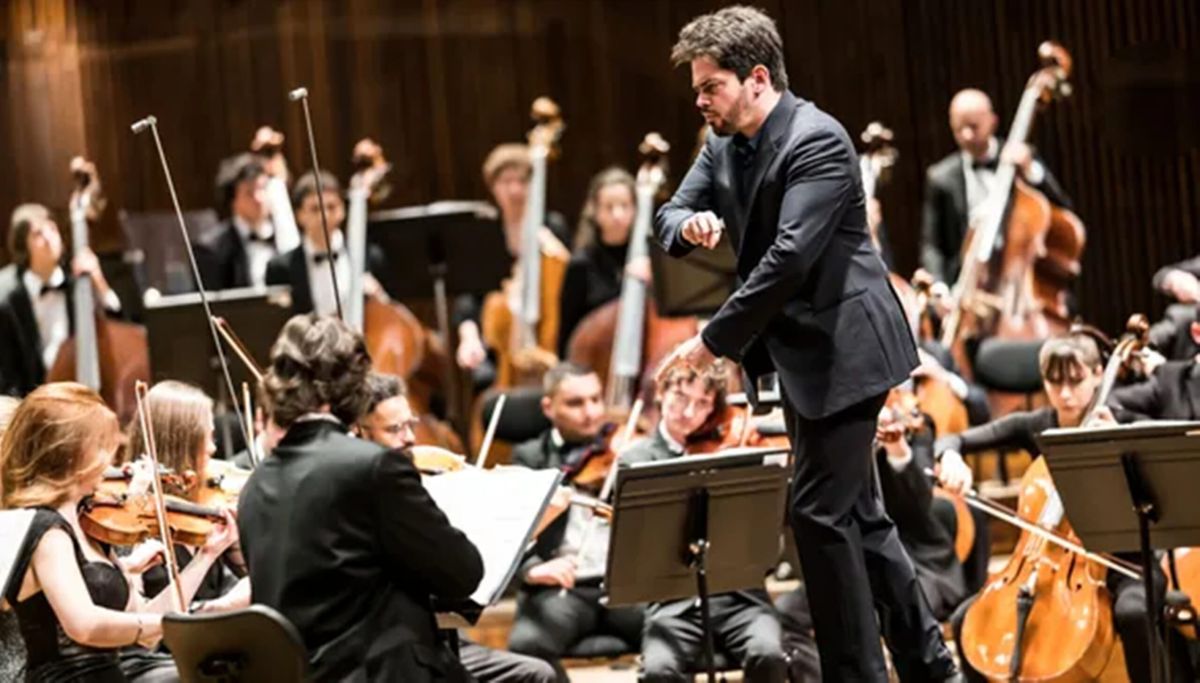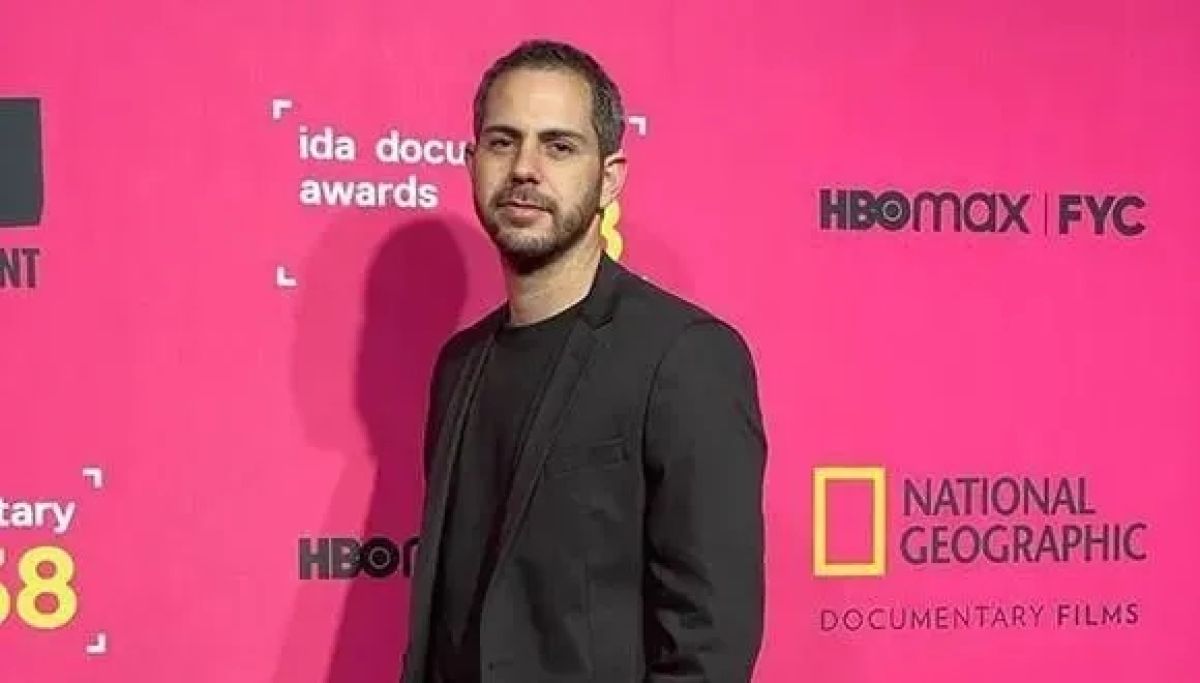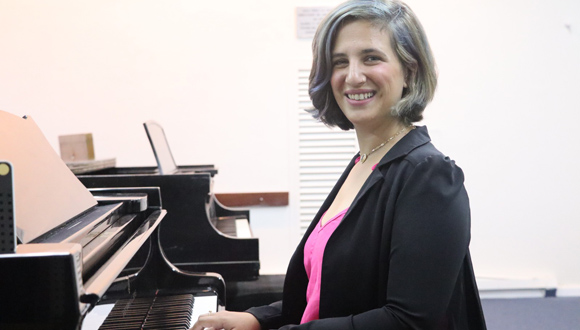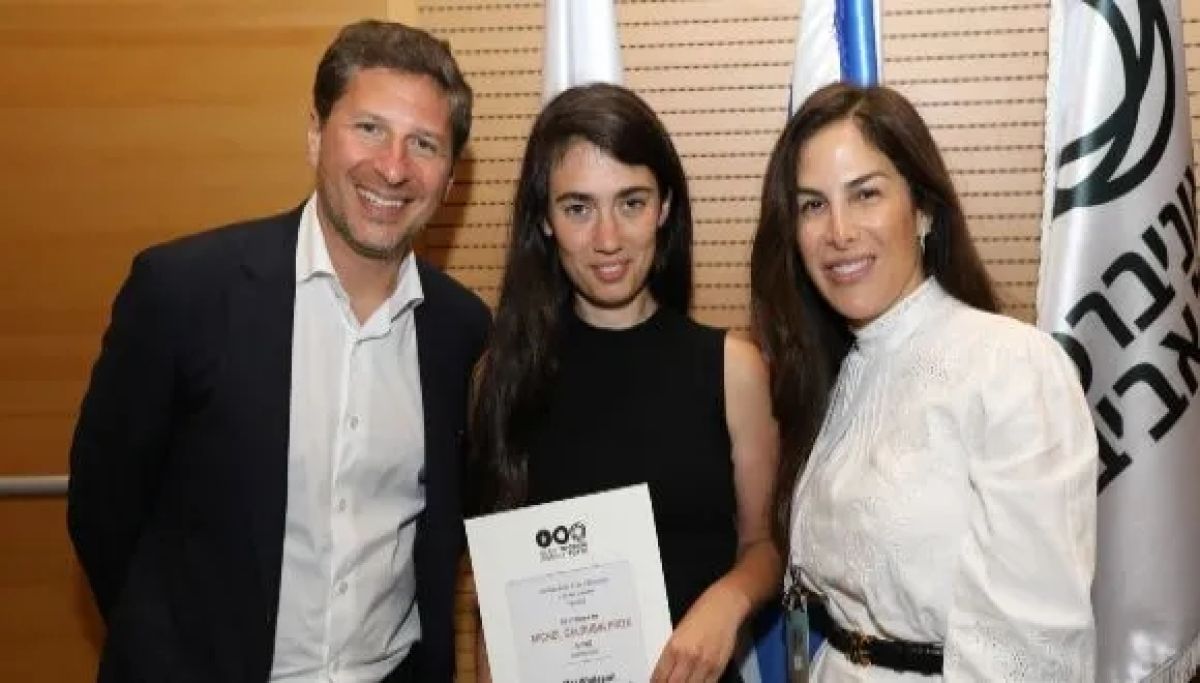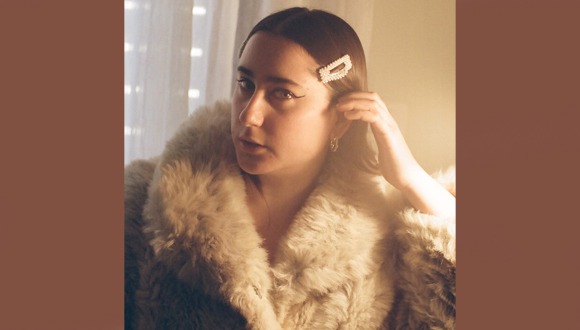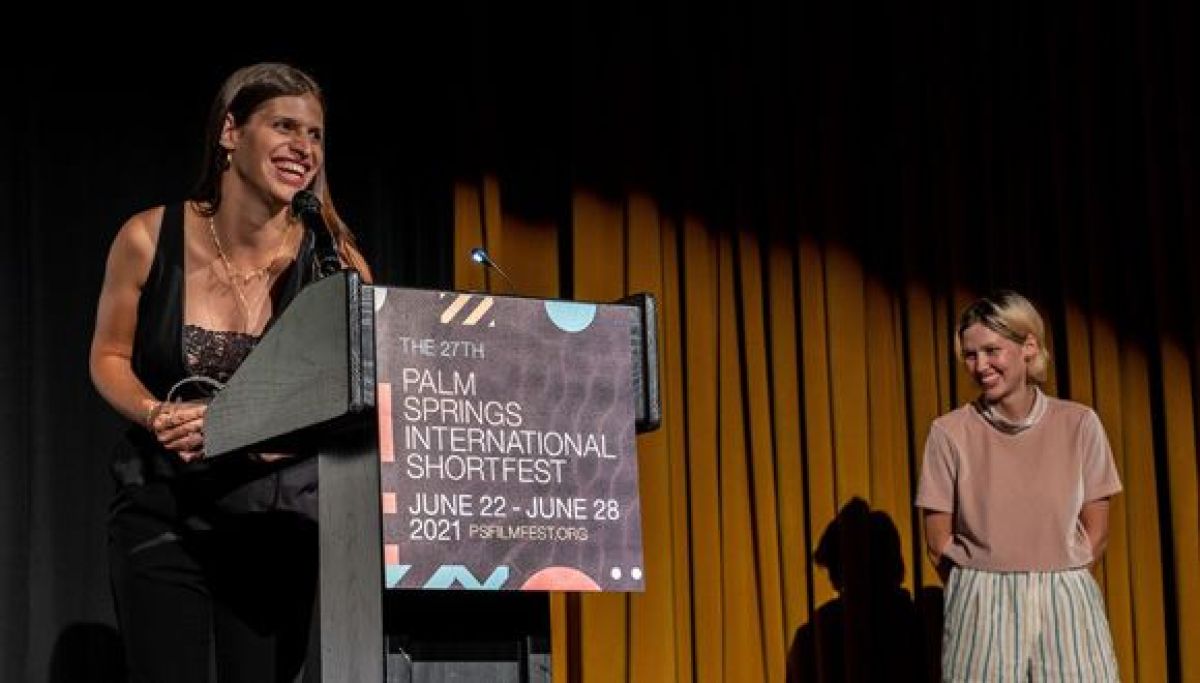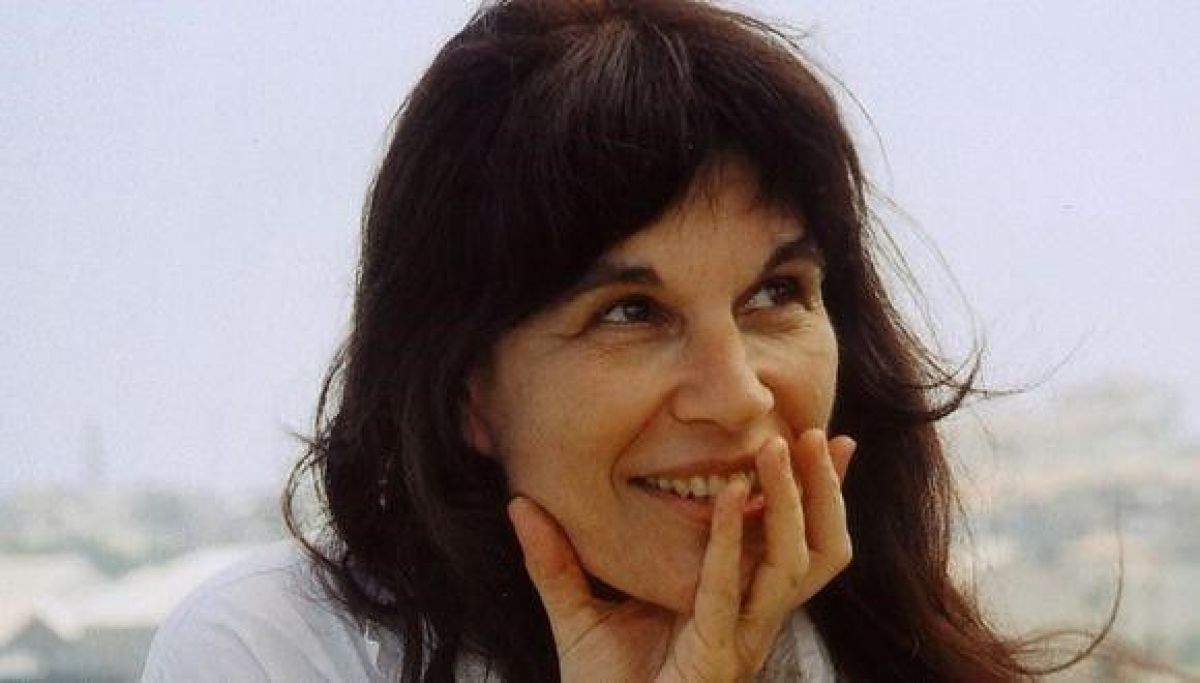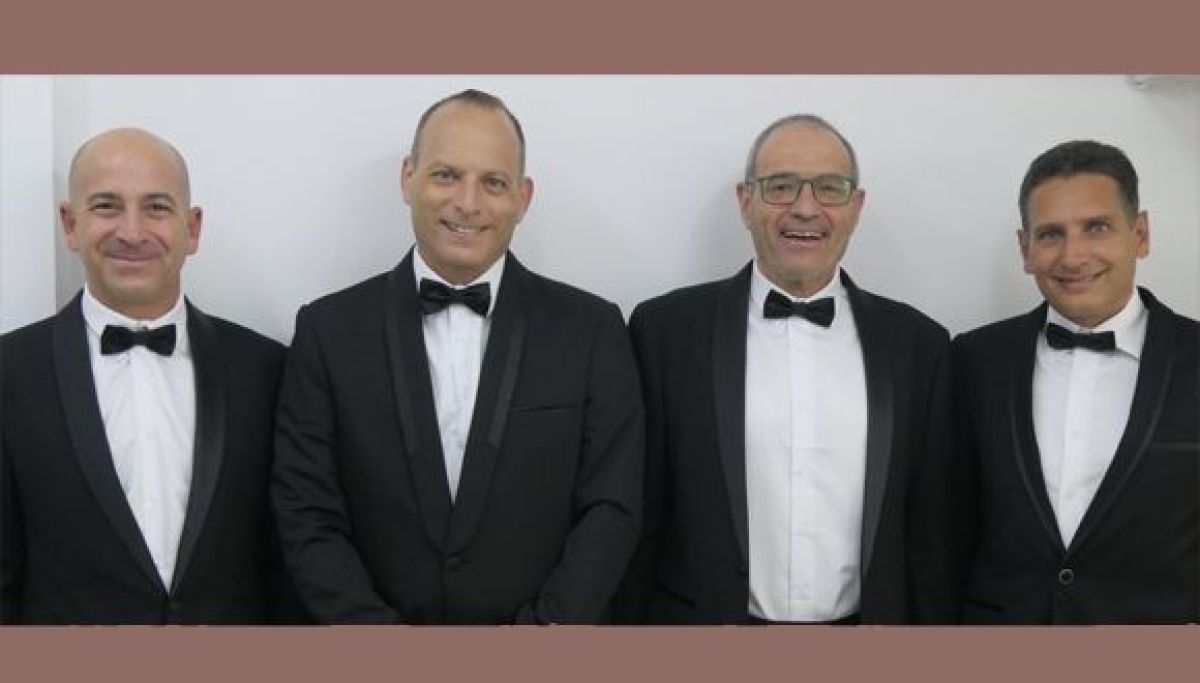“I like to explore myself through film, as a woman and a transgender woman; filmmaking is always personal,” says Bar Cohen, a student at Tel Aviv University’s Steve Tisch School of Film and Television.
Cohen wrote and directed the semi-autobiographical film Her Dance, which in June won two awards at the Palm Springs International ShortFest—Best Student International Short and the Audience Award for Best Student Short.
Her Dance along with her upcoming release, Bug, are fictional short films inspired by her experiences as a transgender woman whose family has roots in the Orthodox Jewish community. The intimacy and pain expressed by Cohen’s work are hitting a nerve with audiences, and successfully bringing representation from the lesser-known transgender community in Israel to the local and world stage.
A Rising Auteur
Cohen, 26, realized at an early age that filmmaking was her calling.
“I’ve had a camera in my hand since I was eight years old,” she says. Cohen studied in a cinema track in high school and began her journey at TAU following her IDF service and after transitioning from the male gender assigned to her at birth to identifying as a woman.
Cohen, who recently completed her final year of undergraduate studies, is a scholarship recipient of both the Blavatnik Student Film Production Fund at TAU and Israeli transgender rights organization Ma’avarim (transitions).
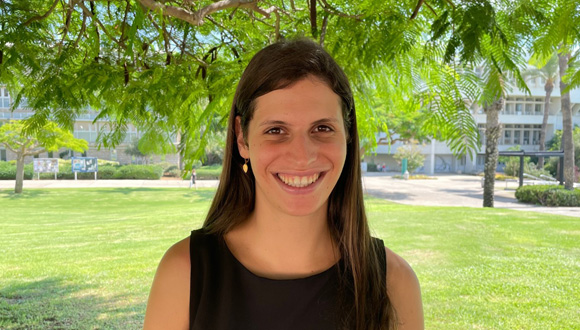
Bar Cohen at Tel Aviv University
“The most amazing thing here at Tel Aviv University is the diversity of voices among the teachers,” she says. That range, she adds, provides a broad pool of mentors who can help students craft their own artistic expression. Cohen credits her academic mentor, Maya Dreifus, for providing invaluable guidance and inspiration.
“The best advice she gave me was to believe in myself and not worry about the opinions of others, because there will always be critics,” explains Cohen, who took that advice and ran with it.
Inspiration from the Heart
Cohen explains that lean budgets require Israeli filmmakers to rely on creativity and strong plotlines, rather than blockbuster action and overblown special effects.
“Israeli film brings heart,” she says. “Our main strength is telling meaningful stories.”
Cohen’s work is extremely close to her heart; she draws inspiration from the most vulnerable and authentic of sources—her own life.

A scene from Bar Cohen’s award-winning short film Her Dance
“It can be frightening to display elements of your real life on the big screen, but it’s the only way to create something of consequence,” she says.
A Journey of Self-Discovery
Originally from Bnei Barak, Cohen’s parents separated when she was three. Afterward, she lived with her mother in a secular home while her father remained Orthodox. At age five, Cohen told her mother that she didn’t feel like a boy, but rather a girl.
“My mom didn’t really understand it and thought it was just a phase,” explains Cohen.
“For a good part of my life, I was playing a role that wasn’t the real me. I was acting,” she says. That experience, she adds, contributed to her desire to study film.
Following a post-army trip to India, Cohen urgently felt the need to live her truth and told her parents that she had decided to transition to live as a woman.
“My parents lost a son, but gained a daughter,” she muses, noting that she made Her Dance to convey the complexities of that reality.
On the World Stage
Her Dance follows Aya, a secular transgender woman who arrives uninvited to her estranged, Orthodox family’s house during celebrations for her sister’s wedding. The heartrending 22-minute film debuted at the 2020 Tel Aviv Student Film Festival before premiering internationally.
WATCH: The trailer for TAU student Bar Cohen’s film Her Dance:
“It was the first time I saw my film in-person on the big screen since festivals went virtual due to COVID-19,” she explains shortly after returning from the Palm Springs ShortFest. “The audience was so receptive. After the screening, they had tears in their eyes and even gave me a standing ovation!”
In addition to Her Dance, the festival selected three other films by students of TAU’s Tisch School among the showcase of over 300 works from around the world: Borekas by Saleh Saadi, Neurim by Shaylee Atary, and Complicated by Isak Kohaly.
Her Dance was also among the competitions at the Aspen ShortFest, the BAFTA Student Film Awards, and the Indy Shorts International Film Festival.
Boosting Transgender Representation
For her next production, Cohen will soon shoot her graduation film about two friends navigating life and love after transitioning. It will feature a reprisal of the character Aya from Her Dance.
Following graduation, Cohen aims to create a TV series expanding upon the universe of her existing works.
While Cohen plans to initially establish her career in Israel, she notes that it is difficult to find local transgender actors and actresses.
“It’s important for me to bring real representation from the community,” she says. “It’s important for trans directors, actors and writers to take a part in our own stories.”
While transgender representation has made some significant steps in recent years with shows like Netflix’s Pose and the HBO adaption of Israeli drama Euphoria, Cohen acknowledges that there is still a long way to go.
And she believes she is well-position to help bring about that change.
Featured image: Bar Cohen accepts two awards at the Palm Springs International ShortFest (Photo: Nathan Cox, Palm Springs International ShortFest)

